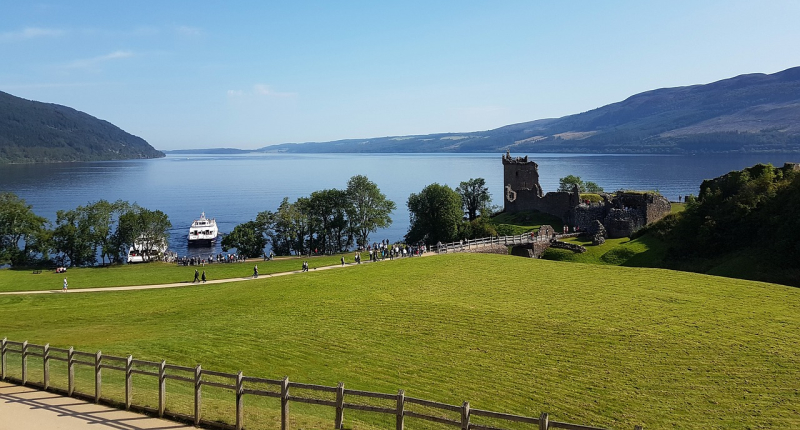What will you learn?
1. What modern technologies will be used in the latest expedition to Loch Ness?
2. Who is organizing the upcoming expedition in search of Nessie?
3. What scientific goals does the NASA-supported Loch Ness expedition have?
4. What inspired the conduct of new research on Loch Ness?
5. hat hypotheses about the creatures in Loch Ness are to be verified during the upcoming expedition?
Modern Technology in Service of Legend
The Loch Ness Centre in Drumnadrochit, which is behind the organization of the expedition, has announced the use of advanced devices for scanning the depths of the lake. "We expect that with NASA's help, we will not only be able to search the lakebed but also more closely examine its inhabitants," says Aimee Todd, a spokesperson for the Centre. Preparations for the transport of equipment and coordination of activities are already underway, and the expedition is set to launch fully prepared.
Evolution of the Search - From Sonars to Satellites
The legend of Nessie has been of interest since 1933 when the first observation of a large creature in the lake was reported. For decades, various attempts to confirm the existence of the monster, from the Edward Mountain expedition in 1934 to recent attempts using modern technologies like drones and hydrophones, have attracted the attention of scientists and cryptozoology enthusiasts. Although many of these searches have ended without conclusive results, they have continued to fuel curiosity and debate.
In the latest expedition, scientists hope that the application of satellite imaging technology will allow them to obtain previously unreachable data about the fauna and flora of the lake. Recent studies suggesting that the mysterious observations could be of gigantic eels only add intrigue to the entire venture. "This is a chance to once and for all determine if something more than just eels lurks in the dark depths of Loch Ness," adds Todd.
The NASA-supported expedition is not only another chapter in the search for the legendary monster but also an important step in research on the biodiversity of one of the world's most mysterious aquatic ecosystems. The results of this mission are expected to contribute not only to folklore but also to science, offering a new look at life in Loch Ness.

